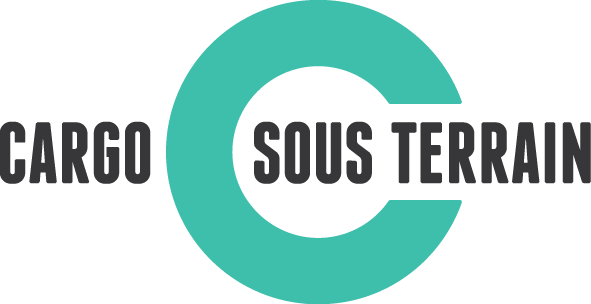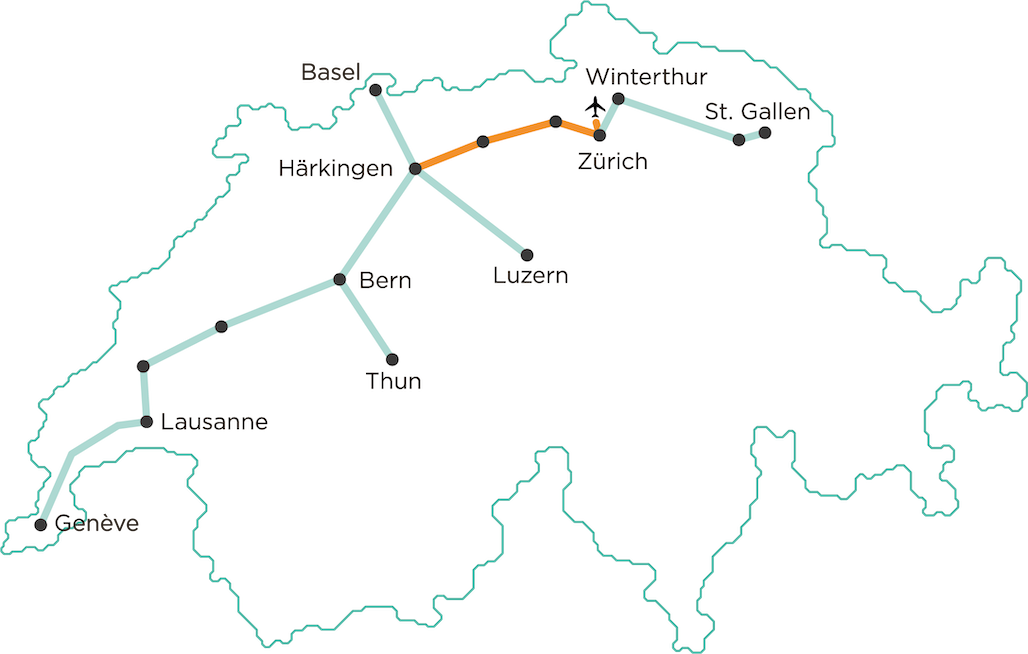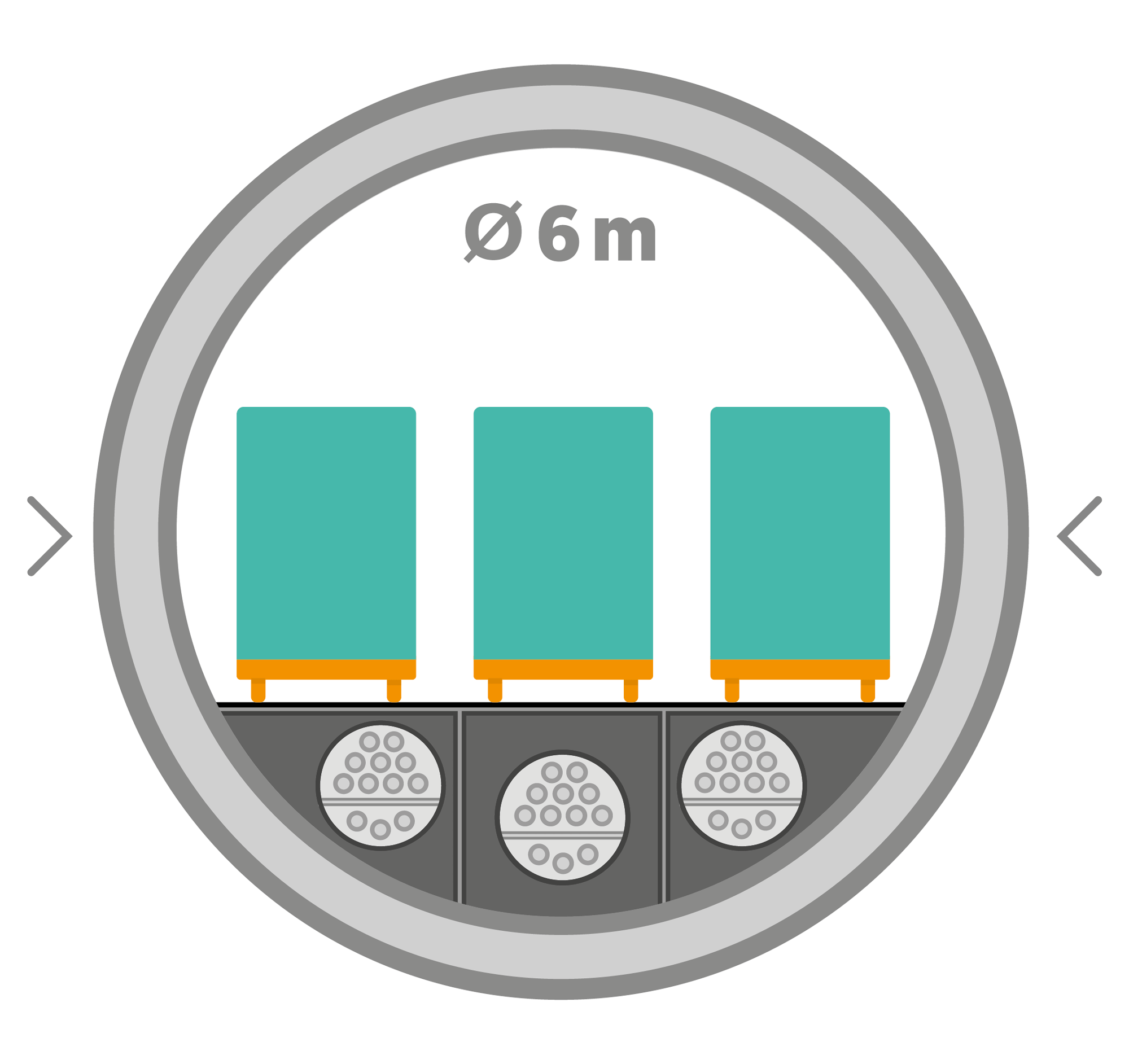WHY CST?

ECONOMY
Cargo sous terrain is an innovative and market-oriented logistics system. Planning and development is being carried out in close collaboration with the future users, in other words with manufacturers, wholesalers/retailers and logistics service providers.
Major industry representatives are shareholders in the company and are making active contributions to the solution concept.
For customers, Cargo sous terrain offers the option of utilising individual services or a comprehensive total package from the loading ramp through to the final destination. This also includes bundled city logistics. The resultant infrastructure is accessible for all market operators.
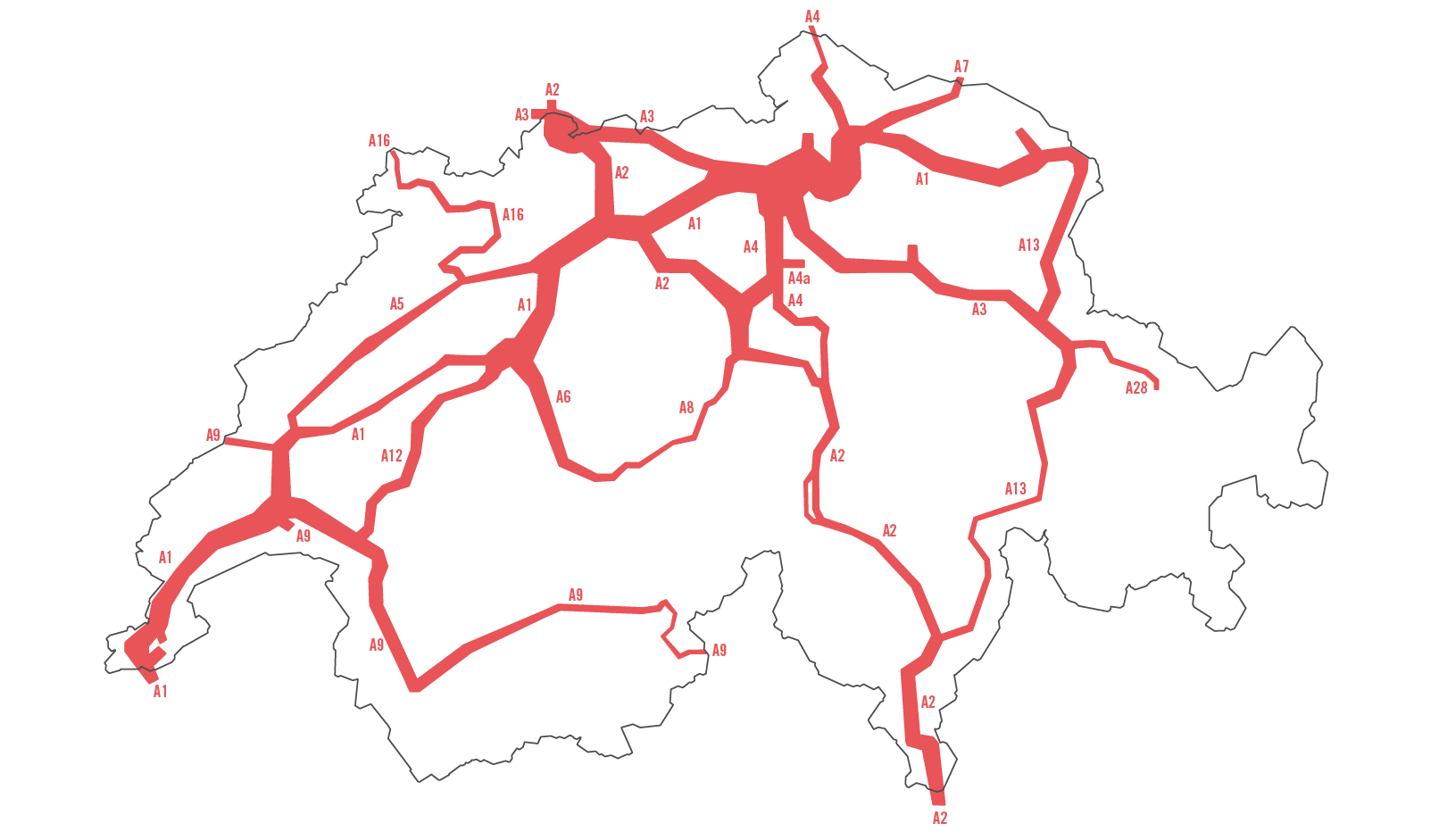
TRAFFIC
Estimates from the Bundesamt für Strassen (FEDRO; Swiss Federal Roads Office, Traffic Census 2013) and from the Bundesamt für Raumentwicklung (ARE; Federal Office for Spatial Development 2021: Swiss Traffic Perspectives 2040) anticipate that the volume of goods transport in Switzerland will increase by up to 31% until 2050. The current traffic routes alone are not capable of handling this growth.
Unlimited expansion of the transport infrastructures is not possible. For this reason, new routes for supplying the urban centres are being sought. Cargo sous terrain is an innovative solution with an infrastructure intended solely for goods transport. It relieves the load on rail and road at critical points.
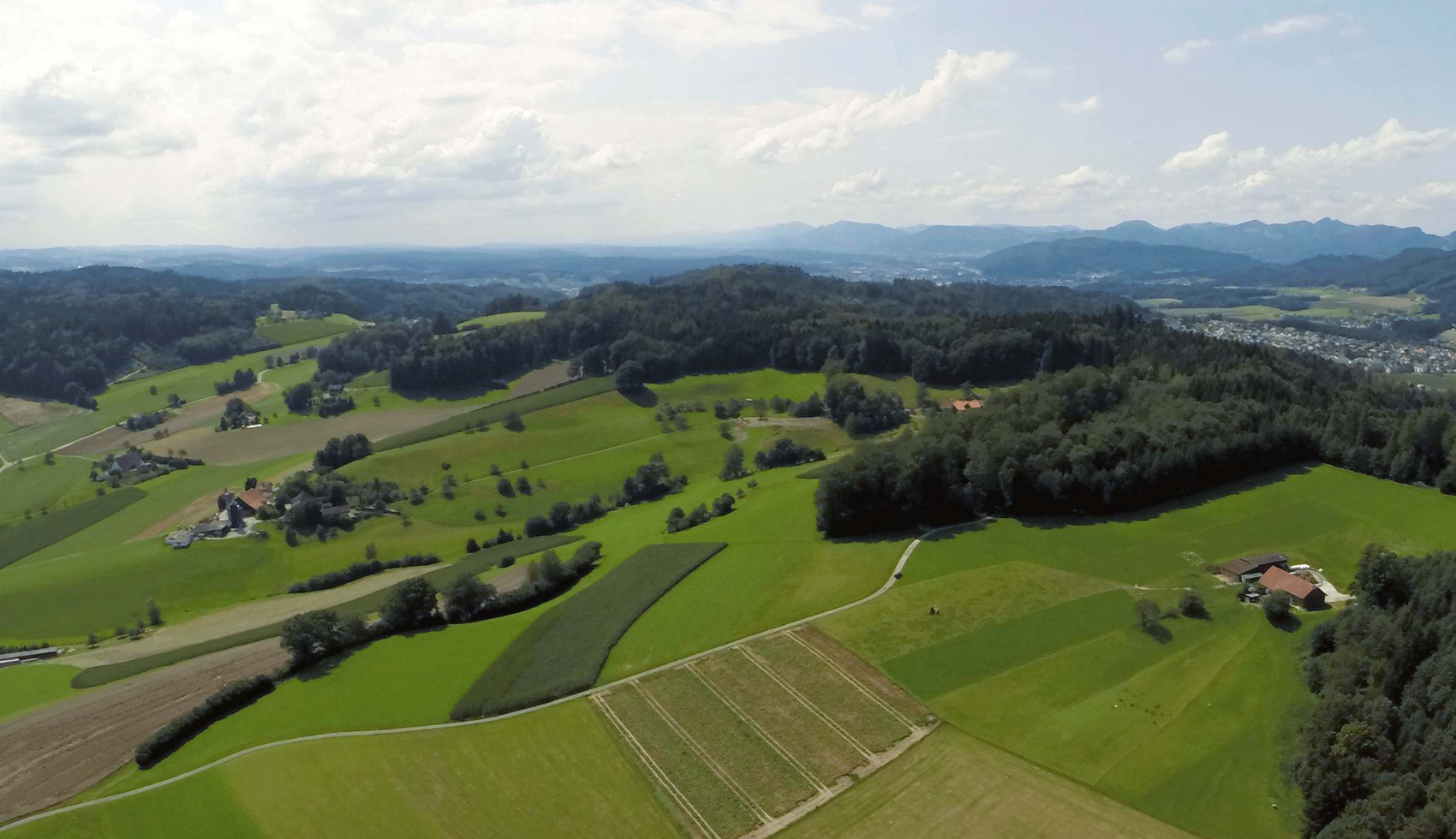
ENVIRONMENT
Cargo sous terrain is an important element of sustainable and environmentally-friendly goods transport in Switzerland. A reduction in heavy goods traffic on national roads of up to 40% and efficient micro-distribution within urban areas, will result in considerable savings in CO2 emissions and a reduction in noise levels. The system will be 100% operated using power from renewable energy sources. As part of a Life Cycle Assessment (LCA), Cargo sous terrain has commissioned a comprehensive overall evaluation of the environmental impact of the project. The effects in terms of air quality, noise emissions, space utilisation as well as the health costs were investigated. The LCA finds that CST has a significantly lower environmental and climate impact than road transport, even in a future new heavy-goods vehicle propulsion technologies.
NETWORK
The first section of the Cargo sous terrain network will run from Härkingen-Niederbipp to Zurich and is around 70 kilometres long. On this section, there are 10 connection points (hubs). Expansion towards other key logistics and distribution centres within Switzerland will continue progressively. Until 2045, a total network of 500 kilometres length is being created between Lake Constance and Lake Geneva, with branches to Basel, Lucerne and Thun. The total cost of building the first section, including Software, hubs as well as underground and overground vehicles (for distribution in the cities) are estimated at 3.6 Billion Swiss Francs.
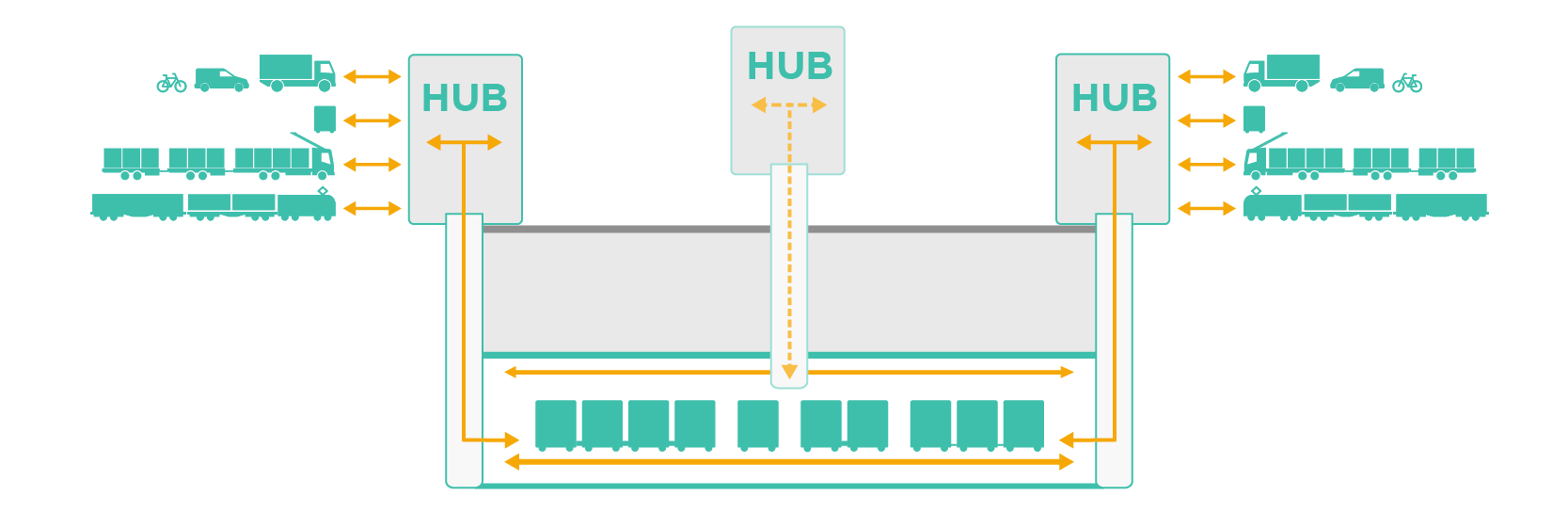
LOCATIONS
Access to the Cargo sous terrain system is provided via the hubs, which permit the fully automated loading and unloading of the vehicles. Vertical lifts are used to feed the goods into the transportation system. The hubs are being created in existing logistics centres and ensure interconnection with all traffic systems (rail, road, water, air freight). CST is accessible to all market operators on an equal footing.
SURFACE LOGISTICS
Traffic problems are accentuated in cities. Goods transports make up a large part of the volume of traffic in metropolitan areas. Cargo sous terrain is setting up a city logistics system with environmentally-friendly vehicles for the efficient micro-distribution of transported goods in the smart cities of the future. This will relieve cities 0f 1.21 million truck kilometres per year.
In the Cargo sous terrain system, the goods are already bundled in the tunnel. This means that the subsequent micro-distribution is prepared in advance. Deliveries to sales outlets and end consumers from the hub are fully coordinated, rather than each supplier delivering their goods individually.
TECHNOLOGY
Cargo sous terrain follows a similar principle to that of an automatic conveyor system. Automated, driverless transport vehicles which are able to pick up and deposit loads automatically from the designated ramps and lifts travel around the clock in the tunnels.
The vehicles, which travel on wheels and have an electric drive with induction rails, operate in three-track tunnels with a constant speed of around 30 kilometres per hour. The goods are transported on pallets or in modified containers. Thanks to refrigeration-compatible transport vehicles, the transport of fresh and chilled goods is also possible.
«Sustainable development within Switzerland is in the clear interest of Swiss firm, Mobiliar. It is evident that something needs to be done to counteract the threat of traffic gridlock. If Cargo sous terrain is able to confirm proven profits alongside the benefits for logistics operations and environmental protection, this is even more appealing to us as investors.»
Peter Brawand
Head of Finance at Mobiliar,
October 2, 2017
«If the majority of the economy finances Cargo sous terrain, that would be beneficial for all of us. […] This is a real innovation.»
Former Federal Councillor Doris Leuthard
Schweiz am Sonntag,
February 7, 2016
«The Cargo sous terrain project is an absolute necessity for a functioning transport infrastructure in the future. […] Switzerland has the expertise on how to realise large-scale projects. We are predestined to utilise this expertise to realise large-scale projects such as Cargo sous terrain.»
Former Federal Councillor Adolf Ogi
Benefit Gala on the inclusion of Adolf Ogis into the “Logistics Hall of Fame Switzerland”, Mai 23, 2017
LEGAL BASIS
Cargo sous terrain is a private sector initiative. No subsidies are needed to build the infrastructure and operate the tunnel. The basis for the realisation of this largely underground freight transport facility across cantonal borders is the Federal Law on Underground Freight Transport that was approved by the National Council and the Council of States in December 2021. Based upon this law, the federal government can draw up a sectoral plan that defines the overarching framework conditions. As planning progresses, the cantons will include the exact locations and routes of the hubs and tunnels in their structure plans. This will be done in close coordination between the municipalities, cantons and CST with the involvement of both population and authorities.
